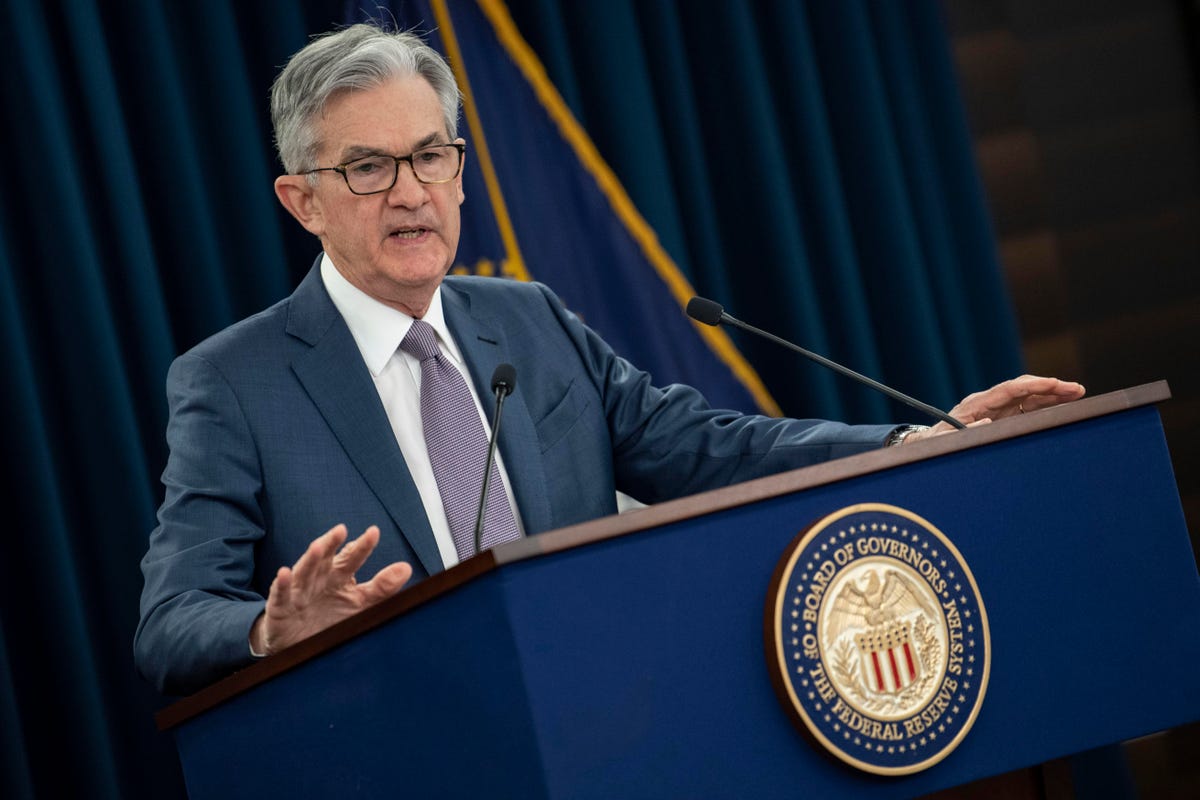Jerome Powell, Chair of the U.S. Federal Reserve, assured the Senate Banking Committee that the Fed currently has no immediate plans to introduce a central bank digital currency (CBDC).
During the hearing, Powell expounded on the Fed’s current position regarding CBDCs, stressing that while the concept is under examination, the rollout of a digital dollar is not imminent.
“We, the Federal Reserve, have no intention of establishing individual accounts for all Americans, or any Americans for that matter,” Powell affirmed.
He further clarified, “Only banks hold accounts at the Fed, and we intend to uphold this arrangement. There is no cause for concern regarding the introduction of a central bank digital currency. Such a development is not on the near horizon.”
Powell informed the committee that should the Fed decide to explore the potential of a digital dollar, it would collaborate with banks to oversee accounts, ensuring that there is no direct government surveillance of individual transactions.
“We categorically reject the notion of government-managed accounts that grant us access to monitor all your transactions. This is not a proposition that we endorse, pursue, or even contemplate in the United States,” Powell affirmed.
Republican senators are in opposition to Central Bank Digital Currencies (CBDCs).
Lawmakers have shown a primary focus on protecting the privacy of U.S. citizens, leading to efforts to hinder the introduction of the digital dollar. In February, Republican Senators unveiled a bill aimed at prohibiting CBDCs supported by the Federal Reserve. Senator Ted Cruz (R-TX) expressed his apprehensions regarding “programmable money.”
Cruz, GOP senators double down on anti-central bank digital currency legislation.https://t.co/IPUgLoIXHz
— Ted Cruz (@tedcruz) February 27, 2024
Cruz stated, “Money that can be programmed, if not crafted to mimic cash, might furnish the federal government with substantial transaction-level data, down to each individual user.”



